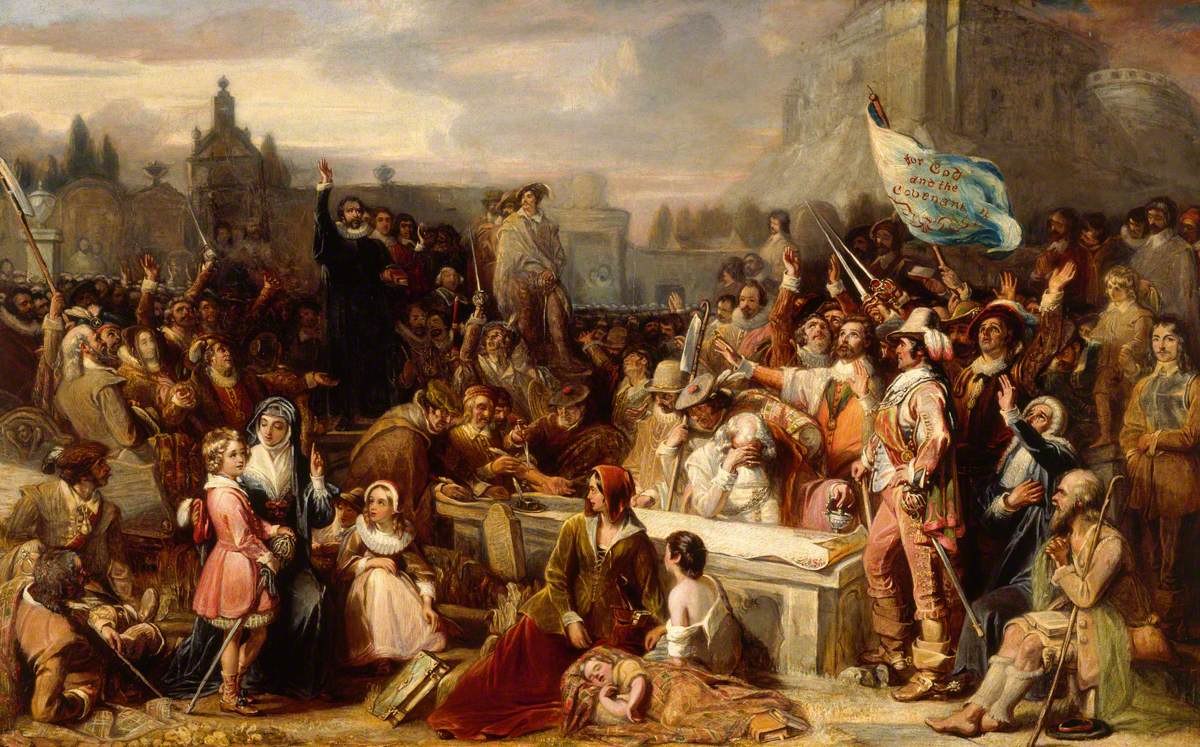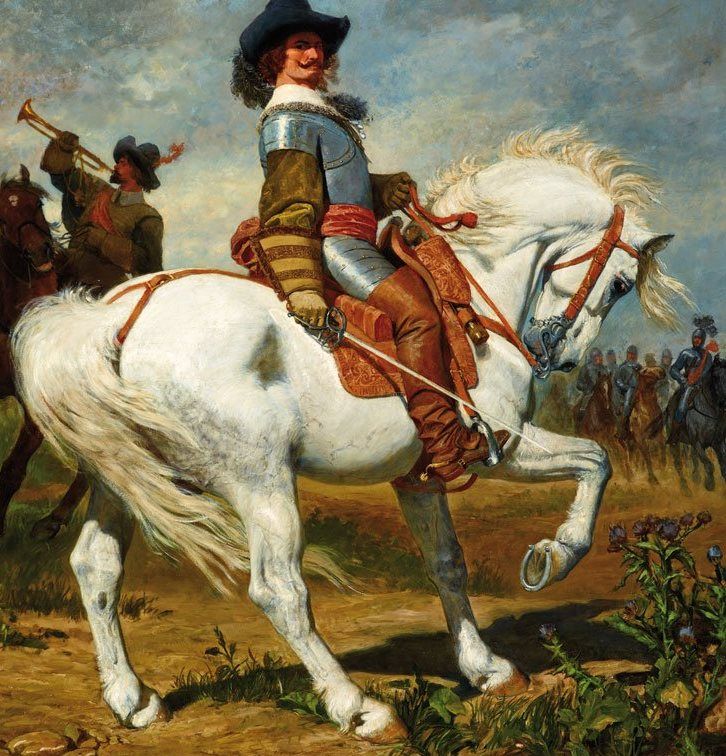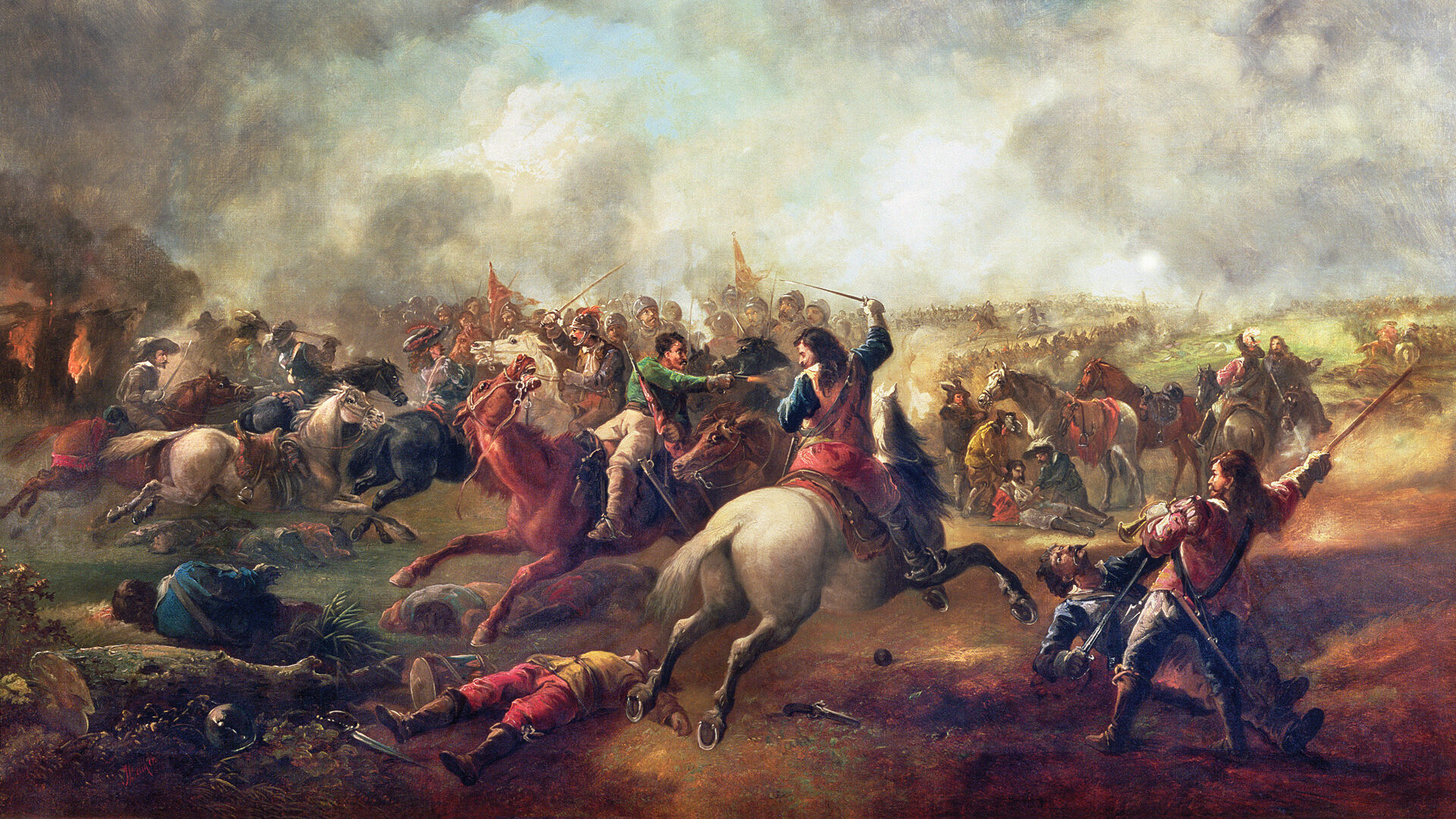Battle of Newburn

The Battle of Newburn, also known as the Battle of Newburn Ford, occurred on 28 August 1640 during the Second Bishops' War, near Newcastle upon Tyne. A Scottish Covenanter army, numbering approximately 20,000 and commanded by Alexander Leslie, faced an English force of about 5,000 led by Lord Conway. The English troops, primarily composed of poorly equipped militia, were positioned defensively near Hexham, with a small garrison left in Newcastle. As the Scots advanced, Leslie opted to cross the River Tyne at Newburn, targeting the town's weaker southern defenses. On the evening of 27 August, Conway's forces began constructing fortifications at the ford, bolstered by additional infantry under Sir Jacob Astley the following morning. However, they were heavily outnumbered and lacked sufficient artillery, with only eight light guns available against the Scots' superior firepower.
The battle commenced around 13:00 after a Scots officer was shot near the ford, leading to an exchange of musket fire. Initial attempts by Covenanter cavalry to cross the river were repelled by English infantry. However, Leslie's artillery, positioned on high ground, began a bombardment that dismantled the English defenses. Despite efforts by Conway to rally his troops, the English forces were unable to maintain their positions and began to retreat. A counter-attack by English cavalry initially gained ground but ultimately failed, resulting in the capture of their commander, Henry Wilmot. By early evening, the English were in full retreat towards Newcastle, with both sides suffering approximately 300 casualties. Notably, George Monck managed to ensure the safe withdrawal of the English artillery, while Leslie chose not to pursue the retreating forces, as he was already in secret negotiations with the Parliamentary opposition.
The outcome of the battle allowed the Scots to take control of Newcastle, a critical center for coal supplies to London. Following the battle, the Treaty of Ripon in October 1640 permitted the Covenanter army to occupy significant portions of northern England while receiving daily payments to cover their expenses. This victory not only solidified Covenanter influence but also compelled King Charles I to recall Parliament, setting the stage for the escalating tensions that would lead to the First English Civil War in August 1642.
Result/Victory
 Scottish
Scottish


 Parliamentarian
Parliamentarian

 Royalist
Royalist




 Inconclusive
Inconclusive


















































































